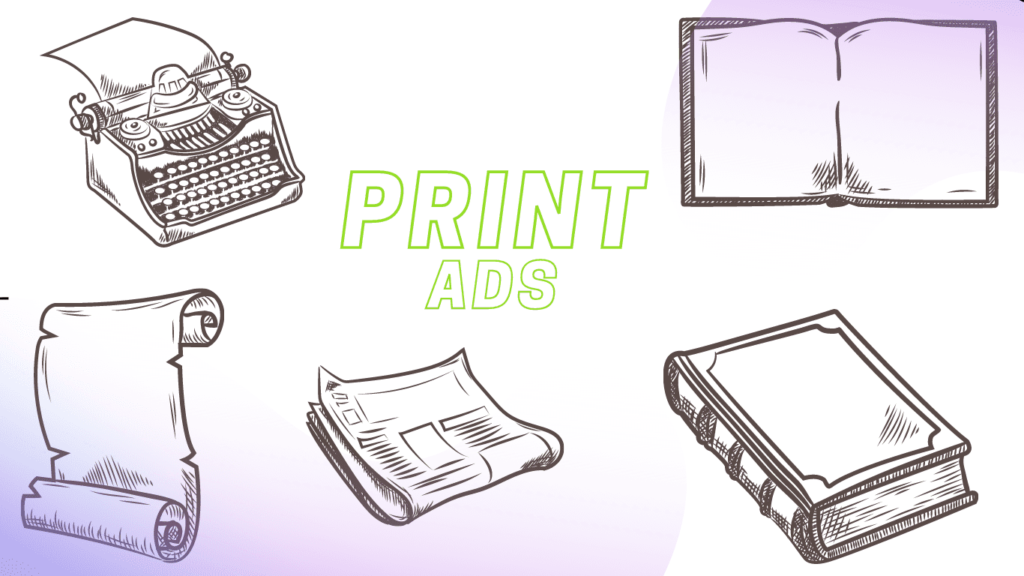As the world becomes increasingly digital, with online advertising dominating the marketing landscape, the relevance and effectiveness of print advertising are often called into question. With the rise of social media, search engine marketing, and targeted online campaigns, businesses are left wondering if print advertising still holds its ground
The rise of technology has undoubtedly transformed the world of advertising. With so many digital avenues out there, there are now endless ways for brands to tell their stories. But with this digital shift, can we say that print advertising is dead? Surprisingly, the answer to this is no. With the right strategy, a combination of print and digital advertisement can be the most effective marketing campaign.
In this blog post, we will explore the role of print advertising in the digital age and discuss whether it is still an effective strategy for businesses to consider.
Tangible and Targeted:
One of the unique advantages of print advertising is its tangibility. Physical advertisements in newspapers, magazines, brochures, or billboards offer a tactile experience that digital ads cannot replicate. This tactile nature can leave a lasting impression on consumers and evoke a sense of trust and credibility. Additionally, print ads allow businesses to target specific audiences by choosing publications or locations that align with their target demographics. This targeted approach ensures that the message reaches a relevant audience who may be more likely to engage with the advertisement.
Less Clutter and Distractions:
In the digital realm, consumers are constantly bombarded with a multitude of online advertisements, pop-ups, and banners. This oversaturation often leads to ad fatigue and banner blindness, where users become desensitized to online ads. Print advertising offers a respite from this cluttered digital environment. With fewer distractions, print ads have a better chance of capturing the attention of readers and holding their focus for longer periods. In this way, print ads can provide a more immersive and uninterrupted brand experience.
Established Credibility:
Print publications, such as reputable newspapers or well-known magazines, have built a sense of trust and credibility over time. By advertising in these publications, businesses can leverage the reputation and authority associated with them. Consumers may perceive a brand featured in a respected print publication as more trustworthy and reliable. This credibility can positively influence consumer perception and increase the likelihood of engagement and conversion.
Targeting Niche Markets:
Print advertising can be especially effective when targeting niche markets. While online advertising allows for precise targeting based on user data, print publications often cater to specific interest areas or industries. For example, niche magazines focusing on topics like health, fashion, or outdoor activities attract readers who have a particular passion or interest. By advertising in these niche publications, businesses can connect with a highly engaged and relevant audience who may be more receptive to their offerings.
Complementary to Digital Strategies:
Rather than considering print and digital advertising as competing strategies, businesses can view them as complementary. Integrating print advertising with digital campaigns can enhance overall brand visibility and effectiveness. Print ads can drive traffic to a website or social media platforms, prompting consumers to seek more information or engage with the brand online. By combining both print and digital efforts, businesses can create a cohesive and multi-channel marketing approach that maximizes reach and engagement.
While the digital age has transformed the marketing landscape, print advertising still has a role to play in modern marketing strategies. Its tangibility, targeted approach, reduced clutter, established credibility, and ability to reach niche markets provide unique advantages. Rather than dismissing print advertising, businesses should consider integrating it with their digital efforts to create a comprehensive and effective marketing mix.

